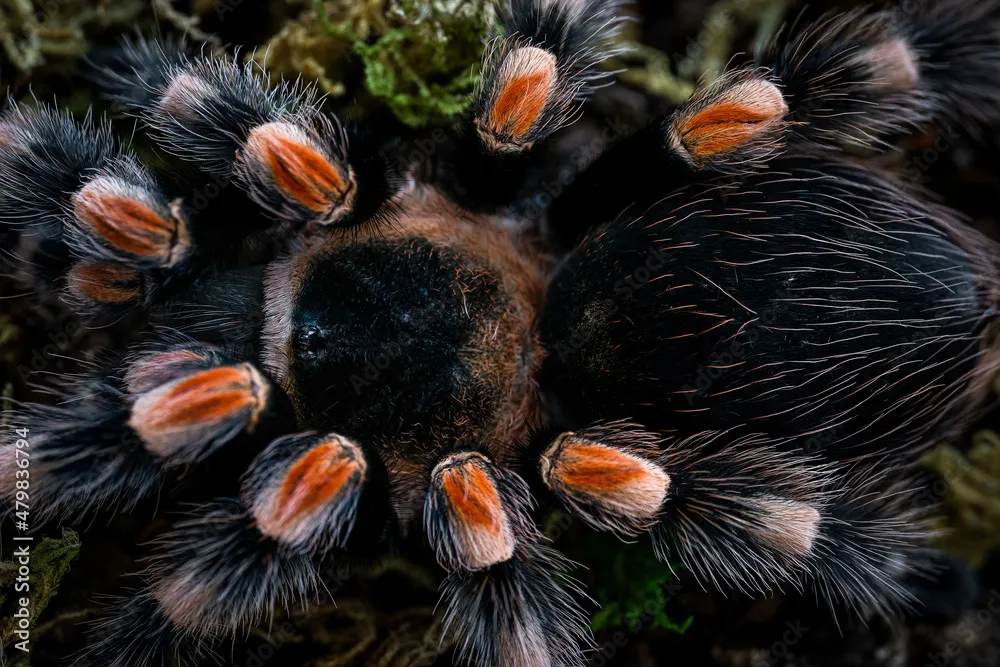Creating the perfect Mexican Red Knee Tarantula habitat is crucial for the health and well-being of your pet. These stunning creatures, known for their vibrant red and black markings, thrive in environments that mimic their natural habitat. This guide will walk you through the essential elements of setting up a suitable enclosure, ensuring optimal conditions for your tarantula to flourish. From choosing the right enclosure to maintaining proper temperature and humidity, we’ll cover everything you need to know to create a thriving environment for your Mexican Red Knee Tarantula.
Choosing the Right Enclosure
The enclosure is the foundation of your tarantula’s habitat. It needs to be secure, appropriately sized, and provide a comfortable living space. The material of the enclosure, ventilation, and ease of access for maintenance are all important considerations. A well-chosen enclosure not only houses your tarantula but also contributes to your enjoyment of observing this fascinating creature. Always prioritize safety and the tarantula’s comfort when making your choice.
Enclosure Size Guidelines
The size of the enclosure should correspond to the size of your tarantula. A general guideline is to provide an enclosure that is at least three times the tarantula’s leg span in width and length. While juveniles can start in smaller enclosures, they will require larger ones as they grow. Overly large enclosures can make it harder for the tarantula to find its food, and may make the tarantula feel insecure. A good rule of thumb is that the enclosure should be as large as possible without making your tarantula feel vulnerable. Always choose a secure enclosure with a tight-fitting lid to prevent escapes.
Ventilation Requirements
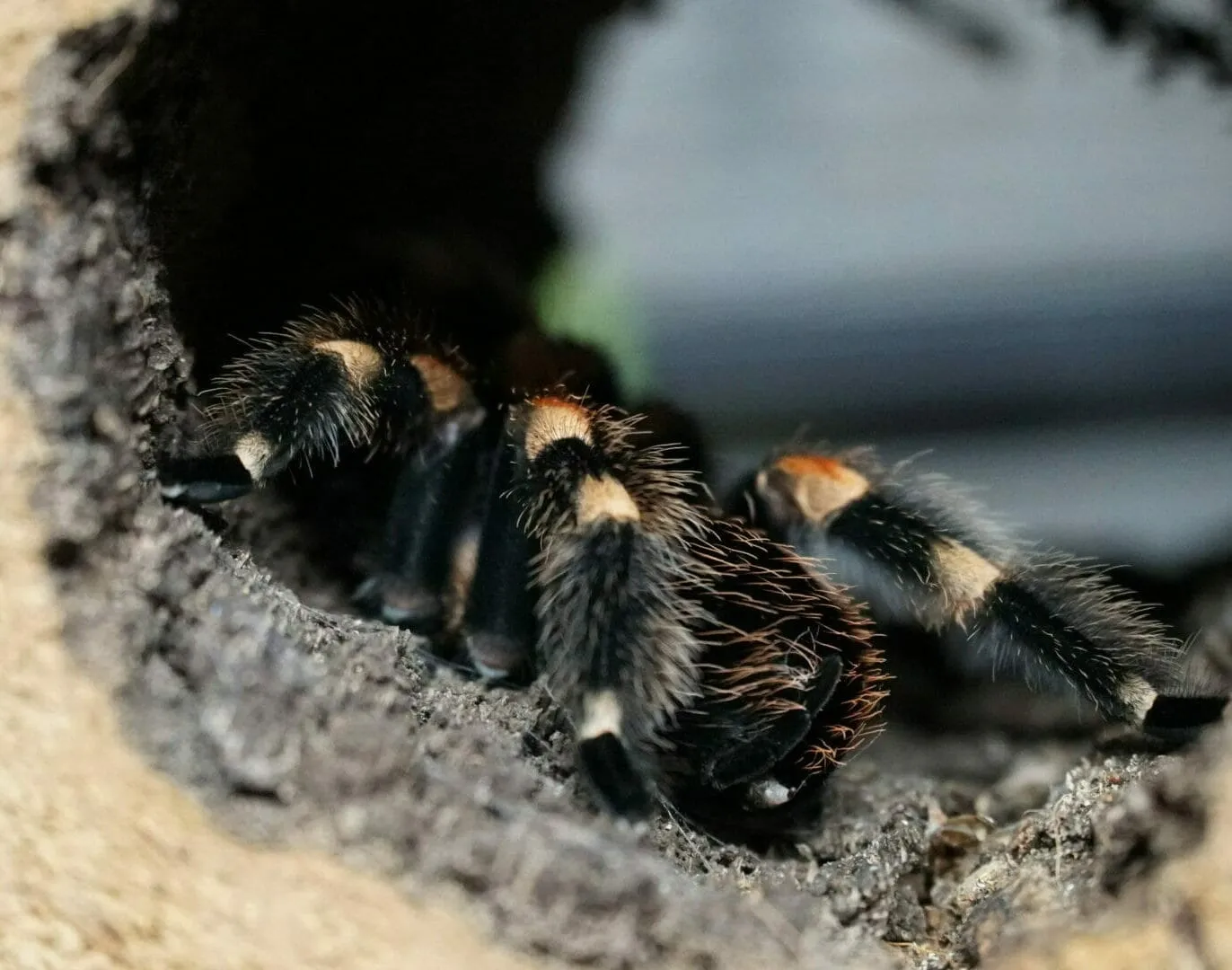
Adequate ventilation is essential to prevent mold growth and maintain air quality within the enclosure. Cross-ventilation is best, with air flowing in from one side and out the other. Many commercial enclosures come with pre-drilled ventilation holes. Ensure that these holes are small enough to prevent escape. Proper ventilation helps regulate humidity and temperature, both of which are vital for your tarantula’s well-being. Insufficient ventilation can lead to respiratory issues and other health problems. The enclosure lid should allow for optimal airflow, ensuring a healthy environment for your pet.
Substrate Selection
The substrate is the bedding material at the bottom of the enclosure. It serves several important purposes, including providing a comfortable surface for the tarantula, helping to maintain humidity, and allowing the tarantula to burrow if it chooses. The right substrate can make a significant difference in your tarantula’s comfort and health, contributing to their overall well-being. Choosing the appropriate substrate is one of the most critical elements of the enclosure setup.
Ideal Substrate Types
Several substrate options are suitable for Mexican Red Knee Tarantulas. A mixture of coconut fiber and peat moss is a popular choice, as it holds humidity well and is easy to maintain. Other options include vermiculite, sphagnum moss, or a mix of these. Avoid substrates that contain chemicals or are treated with pesticides, as these can be harmful to your tarantula. Always ensure the substrate is clean and free of contaminants before adding it to the enclosure. The selected substrate should facilitate burrowing and provide a natural environment for the tarantula.
Substrate Depth and Maintenance
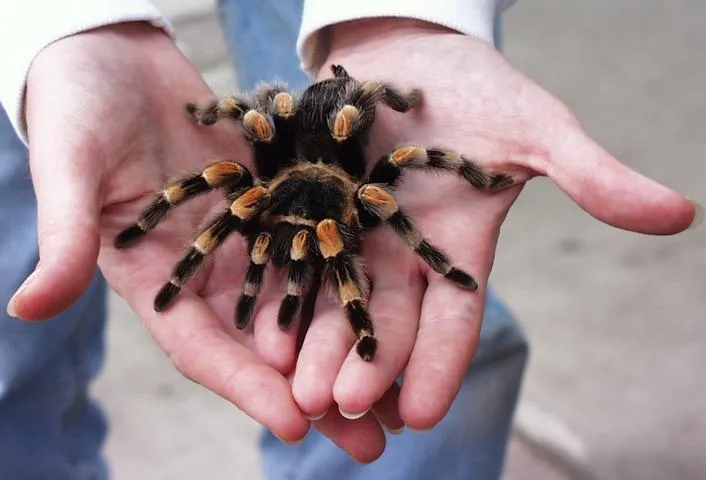
The depth of the substrate should be sufficient for burrowing, typically 4-6 inches deep for adults. Regularly check the substrate for moisture levels and add water as needed to maintain humidity. Spot clean the substrate regularly, removing any uneaten food, feces, or other waste. It’s also important to replace the entire substrate every few months, or when it becomes heavily soiled. A clean substrate promotes a healthy environment and prevents the buildup of harmful bacteria or mold. Proper substrate maintenance ensures your tarantula’s habitat remains clean, healthy, and conducive to its well-being.
Temperature and Humidity Control
Maintaining the correct temperature and humidity levels is vital for your Mexican Red Knee Tarantula’s health and molting process. These conditions should closely mimic their natural habitat, ensuring that your tarantula remains comfortable and healthy. Fluctuations in temperature and humidity can cause stress, so consistent monitoring and adjustment are essential. Properly controlling the environment helps avoid common issues, such as dehydration or failed molts.
Maintaining Optimal Temperature
The ideal temperature range for Mexican Red Knee Tarantulas is between 75-85°F (24-29°C). Use a thermometer to monitor the temperature within the enclosure. If the room temperature is too low, you may need to use a heat source, such as a heat mat or a ceramic heat emitter. Place the heat source on the side of the enclosure, not underneath, to prevent overheating the substrate. Always ensure that the heat source is properly regulated to prevent burns or overheating. Avoid direct sunlight, which can raise the temperature too rapidly and create an uncomfortable environment for your tarantula.
Controlling Humidity Levels
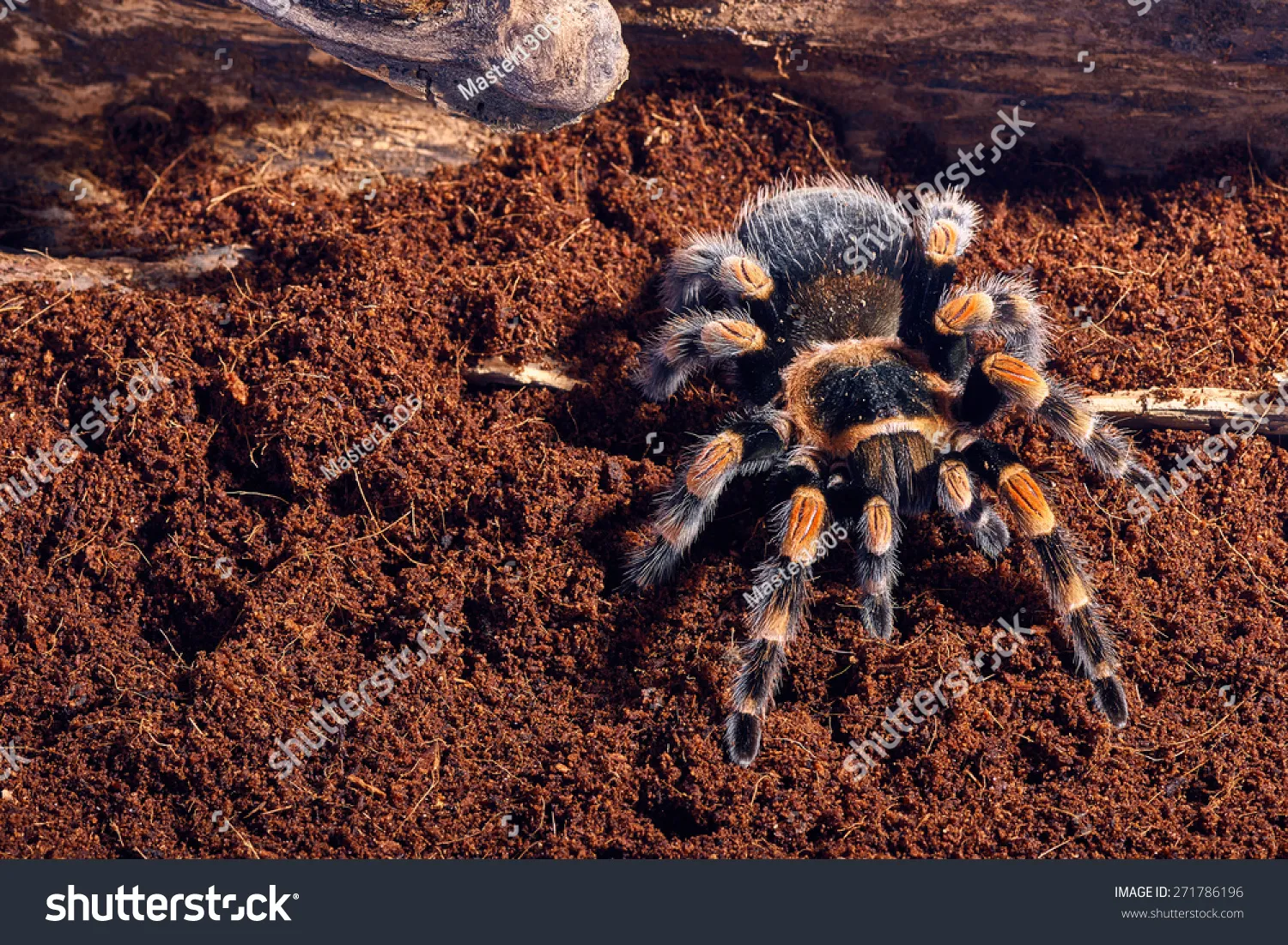
Mexican Red Knee Tarantulas require a humidity level of approximately 60-70%. Use a hygrometer to measure humidity levels. To increase humidity, mist the enclosure with dechlorinated water, but avoid over-misting as this can lead to mold growth. Ensure good ventilation to prevent excessive moisture buildup. The substrate itself plays a vital role in maintaining humidity. Adjust the substrate moisture content based on humidity readings. Proper humidity levels are critical for the tarantula’s health and molting, so regular monitoring and adjustments are essential for their well-being.
Providing Hiding Places and Decor
Mexican Red Knee Tarantulas are shy creatures that need secure hiding places to feel safe and comfortable. Providing appropriate decor not only enhances their well-being but also makes the enclosure more visually appealing. The right combination of decor and hiding places can significantly reduce stress and help your tarantula thrive. Adding suitable decor provides enrichment and creates a more natural environment that mirrors the tarantula’s native habitat.
Essential Decor Items
Include a hide, such as a piece of cork bark, a hollow log, or a commercially available tarantula hide. This provides a secure retreat where the tarantula can feel safe and retreat when it wishes. Other decor items include artificial plants, rocks, and branches to create a naturalistic environment. Avoid sharp or abrasive items that could injure your tarantula. Ensure that all decor is clean and free from pesticides or other harmful substances. The inclusion of various hiding spots and decorations caters to the tarantula’s natural instincts, creating a more enriched living space.
Creating a Naturalistic Environment
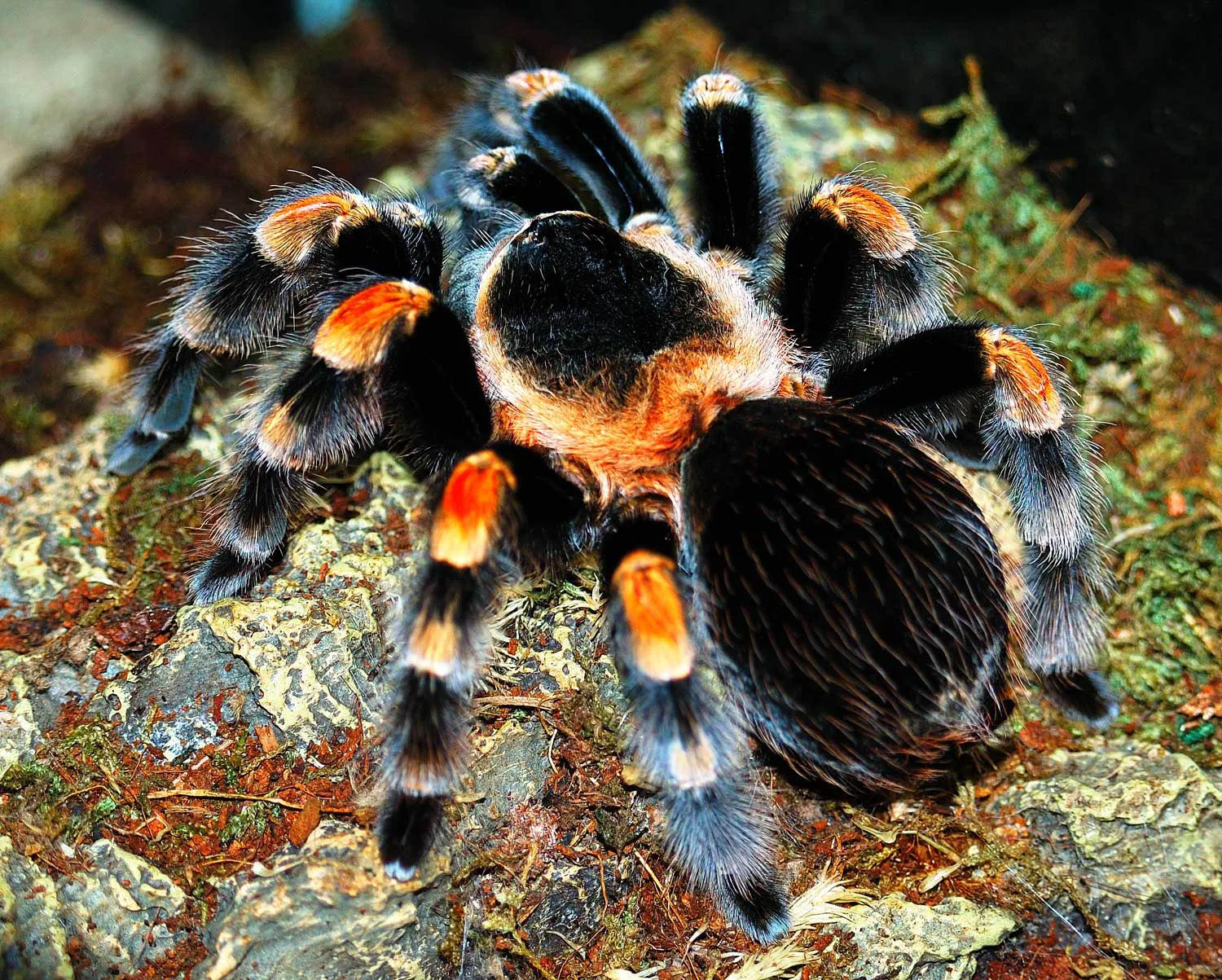
Aim to create an environment that mimics the tarantula’s natural habitat. This can involve using a variety of textures and elements that are similar to the terrain and landscape of their native environment. Grouping the hide with other decor items, such as fake plants, rocks, and branches, enhances the feeling of security and encourages natural behaviors. The goal is to provide a stimulating and enriching environment that supports the tarantula’s physical and psychological well-being. Remember to ensure that all decorations are nontoxic and safe for your pet.
Water and Feeding
Providing fresh water and appropriate food are fundamental aspects of tarantula care. Regular feeding and a clean water source ensure that your pet remains healthy and properly hydrated. A well-fed and hydrated tarantula will be more active and more likely to display its natural behaviors. The combination of correct feeding practices and easy access to water is essential for their health and overall happiness.
Water Source and Availability
Provide a shallow water dish with fresh, clean water at all times. The water dish should be shallow enough to prevent the tarantula from drowning but accessible. Use a water dish made of a non-toxic material and easy to clean. For juveniles, you can provide water by misting the enclosure lightly every few days or by using a small bottle cap filled with water. The availability of fresh water is crucial for hydration and overall health. Regularly monitor the water level and cleanliness of the dish to ensure that your tarantula always has access to a clean water source.
Feeding Frequency and Prey Selection
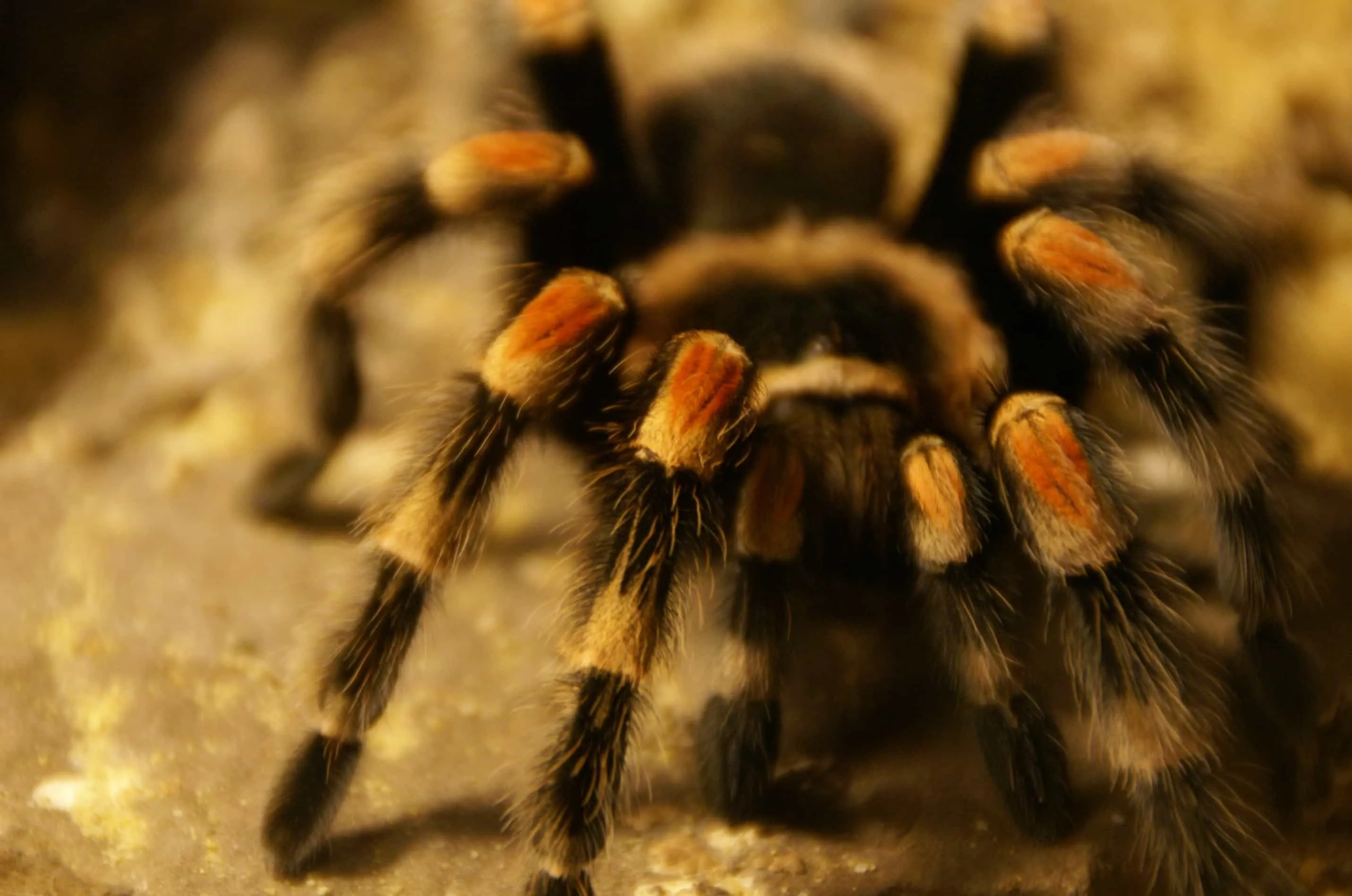
Feed your Mexican Red Knee Tarantula appropriately sized insects, such as crickets, mealworms, or roaches. The frequency of feeding depends on the tarantula’s size and age. Juveniles typically need to be fed more frequently than adults. A good rule of thumb is to feed juveniles every 2-3 days and adults every 5-7 days. Always remove uneaten food within 24 hours to prevent mold and mites. Avoid feeding prey that are too large for your tarantula to consume. Ensure that the prey is healthy and free of parasites or pesticides. A balanced diet with an appropriate feeding schedule is essential for maintaining the tarantula’s overall health and well-being.
In conclusion, creating the perfect habitat for your Mexican Red Knee Tarantula is a rewarding experience that ensures the health and longevity of your pet. By focusing on the essential elements such as enclosure choice, substrate, temperature and humidity control, hiding places and decor, and proper water and feeding practices, you can create a thriving environment. With diligent care and attention to detail, your Mexican Red Knee Tarantula can flourish, providing you with years of enjoyment and fascination. Remember, a healthy and happy tarantula is a well-cared-for tarantula.
